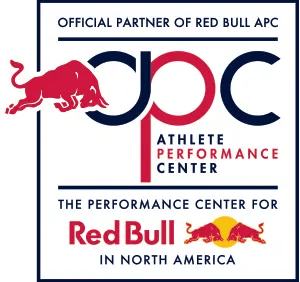A new study has come out which points to some startling injury trends among young athletes. Understanding the risks that young athletes face is essential to also understanding the ways that injury prevention can be assured, and the lead author of the study is thus providing some important tips that parents should strive to put into practice.
The study hails from Loyola University Medical Center, and the findings were presented earlier this week in Orlando, Florida, as part of the National Conference and Exhibition of the American Academy of Pediatrics. To reach their conclusions, those behind the study analyzed 843 injuries among athletes younger than 18.
What they found was that knee injuries were the most common form of injuries among such persons, with 31.1% of all injuries being attributed to that joint. The next highest rate of injuries were those related to the ankle, but even that, at 16%, was barely more than half that of knees. Coming in third and .9% behind that were back injuries, with the head, shoulders, and hips following on those injuries’ heels, in that order.
When presenting the research, the most attention was paid to back injuries, given the longterm impact that a lack of correction could have on the human body. 39% of the injuries studied were deemed serious, typically something like a stress fracture that could develop into a more complex issue like spondylosis.
The study also bolstered the idea that overuse resulting from focusing on one single sport leaves a child more susceptible to injury, with the level of training cited as the biggest injury exacerbation. Not helping matters is a lack of strength within the back extensors and the area of the abs, as well as excessive back arching and an inability to maintain proper form when engaged in a sport.
The doctor behind the study explains that pain needs to be taken seriously by children and adults overseeing sports. Any type of pain or injury should prompt a day away from the sport, and if it continues for upwards of two weeks, a qualified doctor has to be consulted.
A limit must also be placed on the amount of exercise, especially that which only develops a set of muscles critical to one sport. The report recommends the child’s age should be the maximum number of hours they exercise per week. Plenty of breaks must be built both into the work week and into the school year as a whole. No sport should be played year-round, and student athletes should have a few months per year when they can take it easy. In sports that require strict adherence to technique, attention must be paid to avoiding excessive back extension.
About the author




